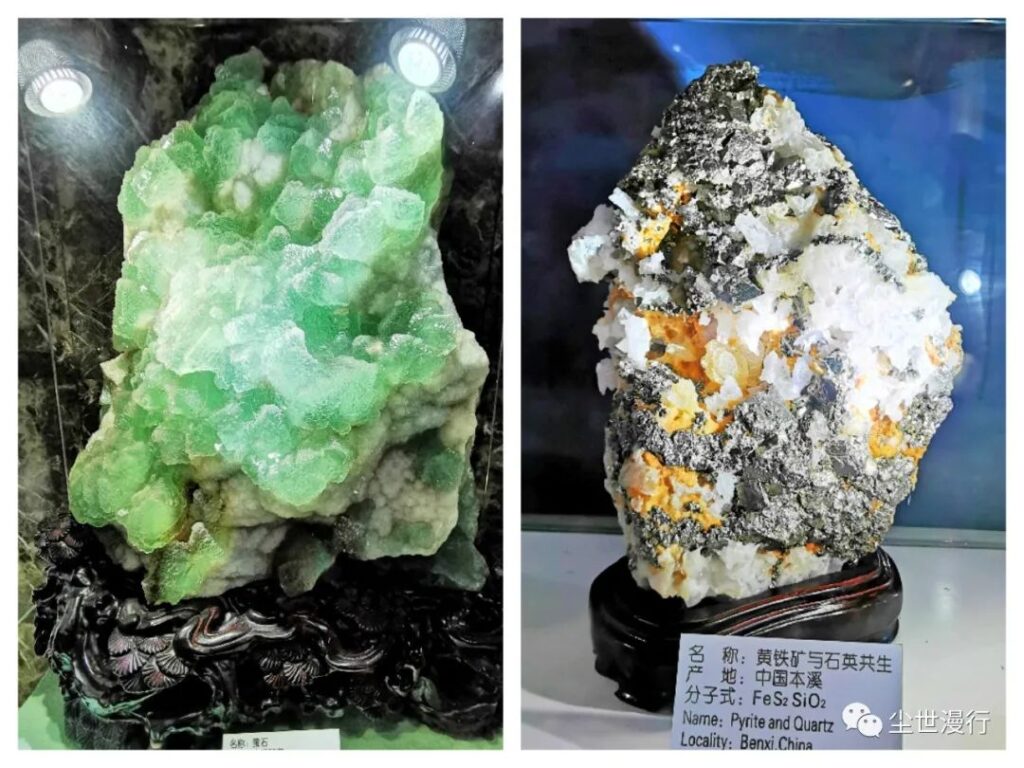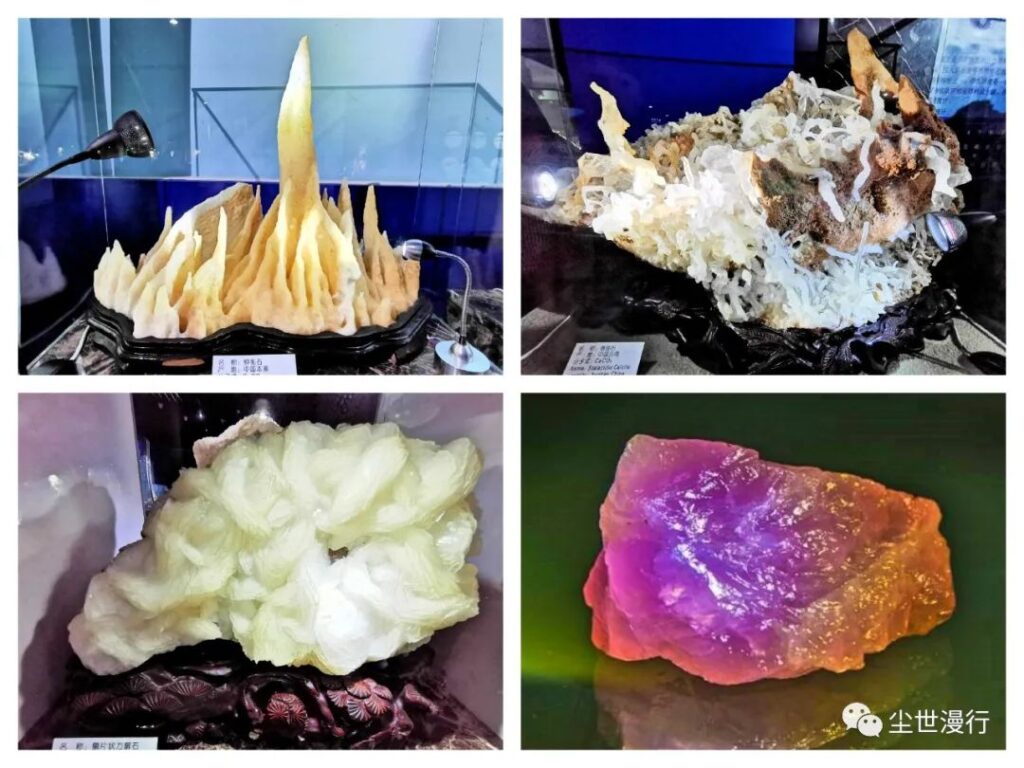Travel enthusiasts know that karst landscapes with underground caves and rivers are abundant in southern China, particularly in provinces like Guizhou and Guangxi. However, in the arid north of China, there’s a unique attraction: the Liaoning Benxi Water Cave, recognized as the world’s longest underwater-filled karst cave.
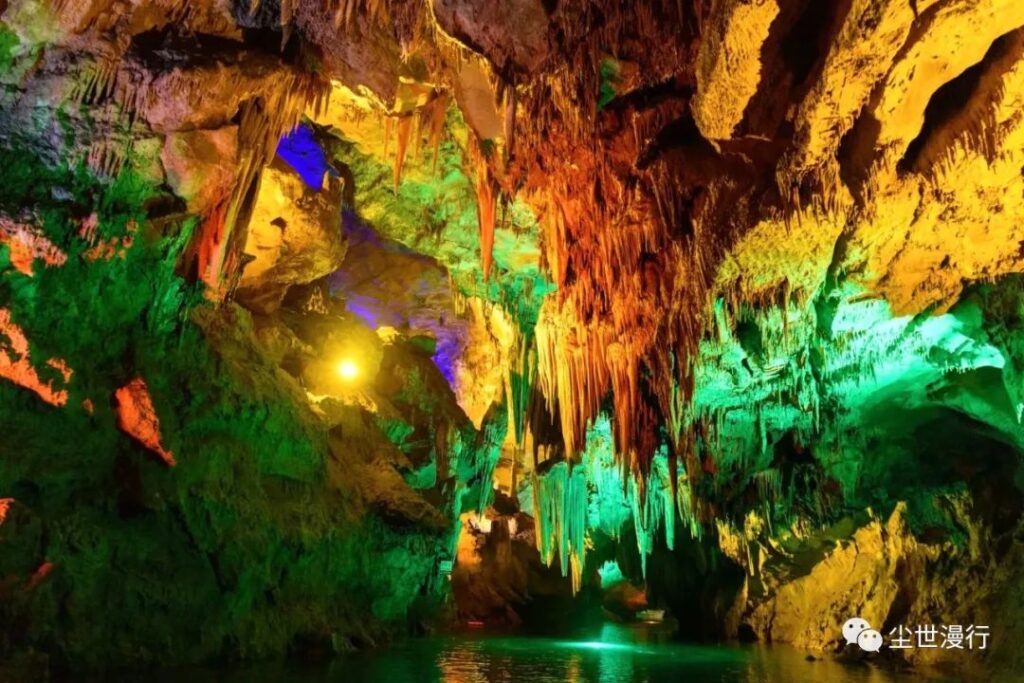
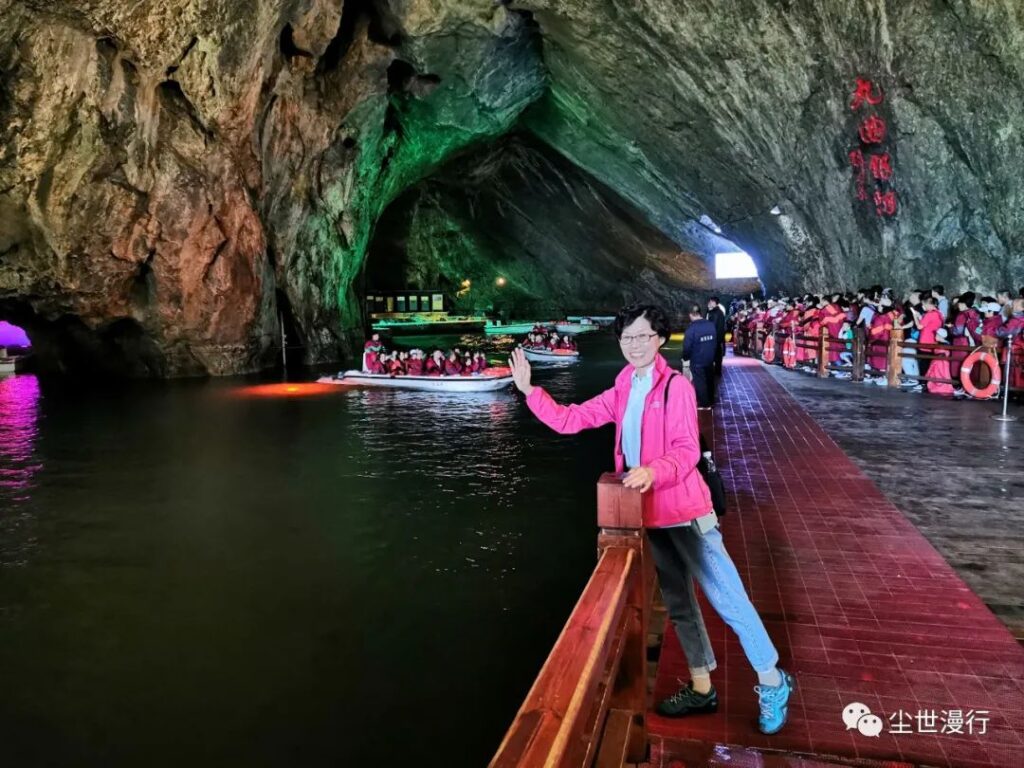
Located in the eastern mountainous region of Benxi, Liaoning Province, along the Taizi River, the Benxi Water Cave is a prime example of high-latitude karst topography. Formed millions of years ago, this large limestone cave system consists of both dry and water-filled sections.
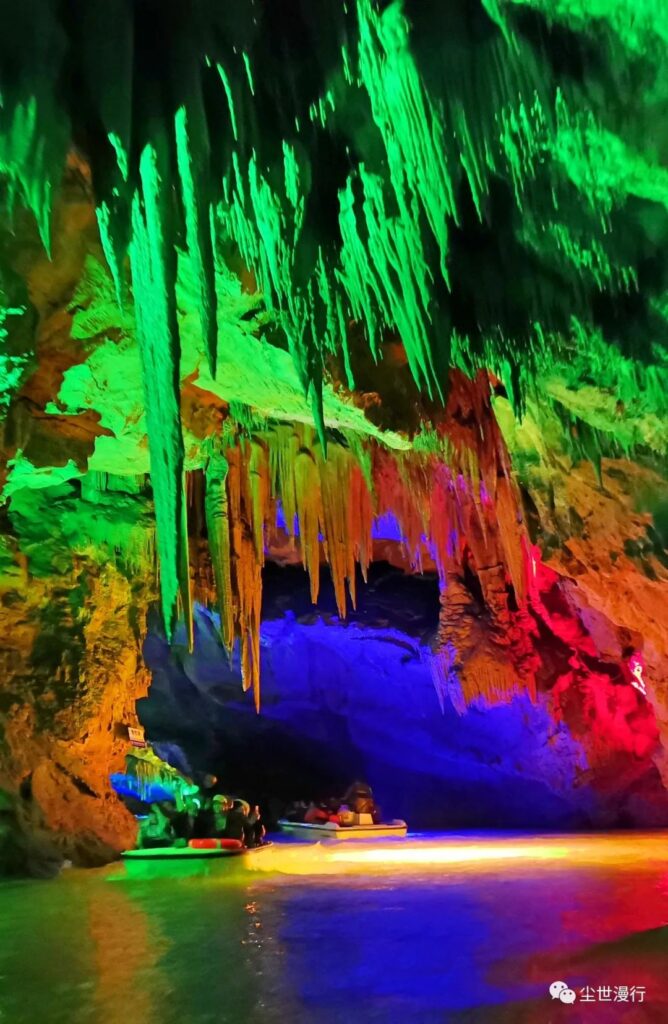
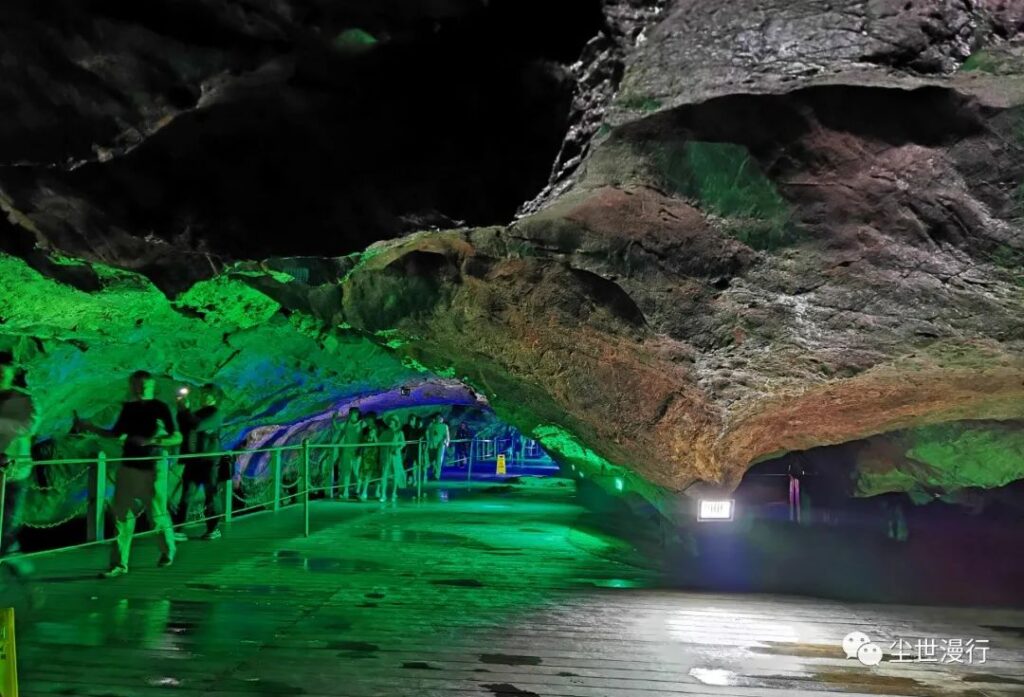
Visitors can take a shuttle bus from the main entrance to reach the cave site.
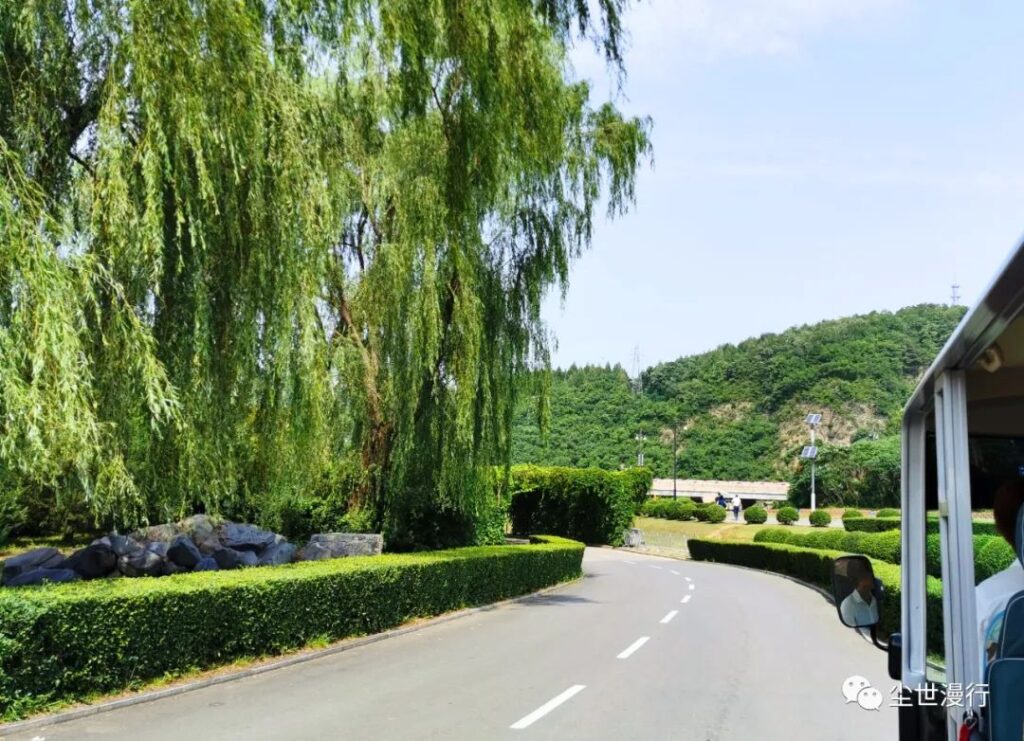
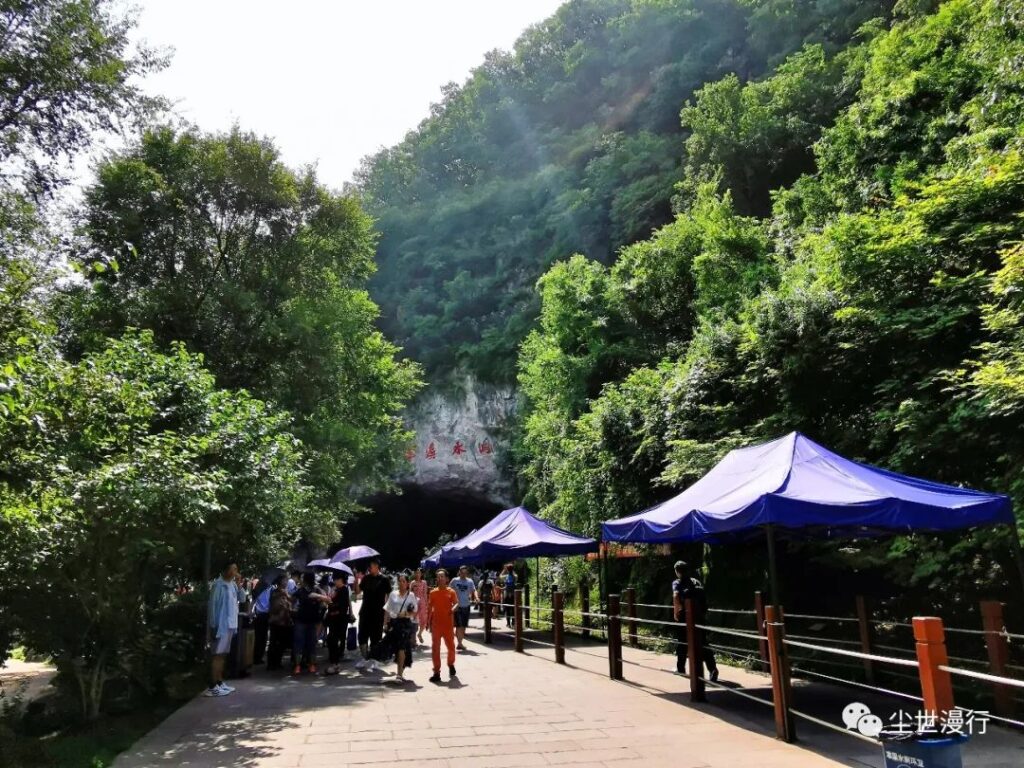
The cave entrance is wide and crescent-shaped, with the words “Benxi Water Cave” prominently displayed above. Even from several dozen meters away, one can feel a refreshing cool breeze emanating from the cave.
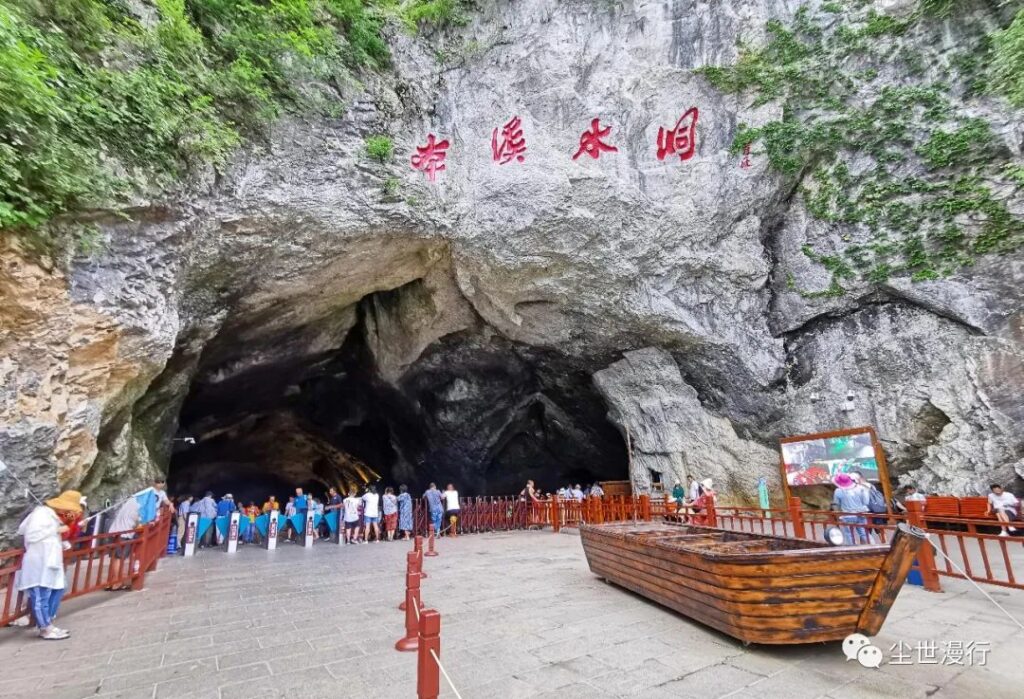
Upon entering, visitors find themselves in a spacious cavern known as the “Welcome Hall.”

To the right of this hall is the entrance to the dry cave.

The 300-meter-long dry cave features varying elevations, including a section called the “Bowing Cave” where visitors must bend down to pass through.
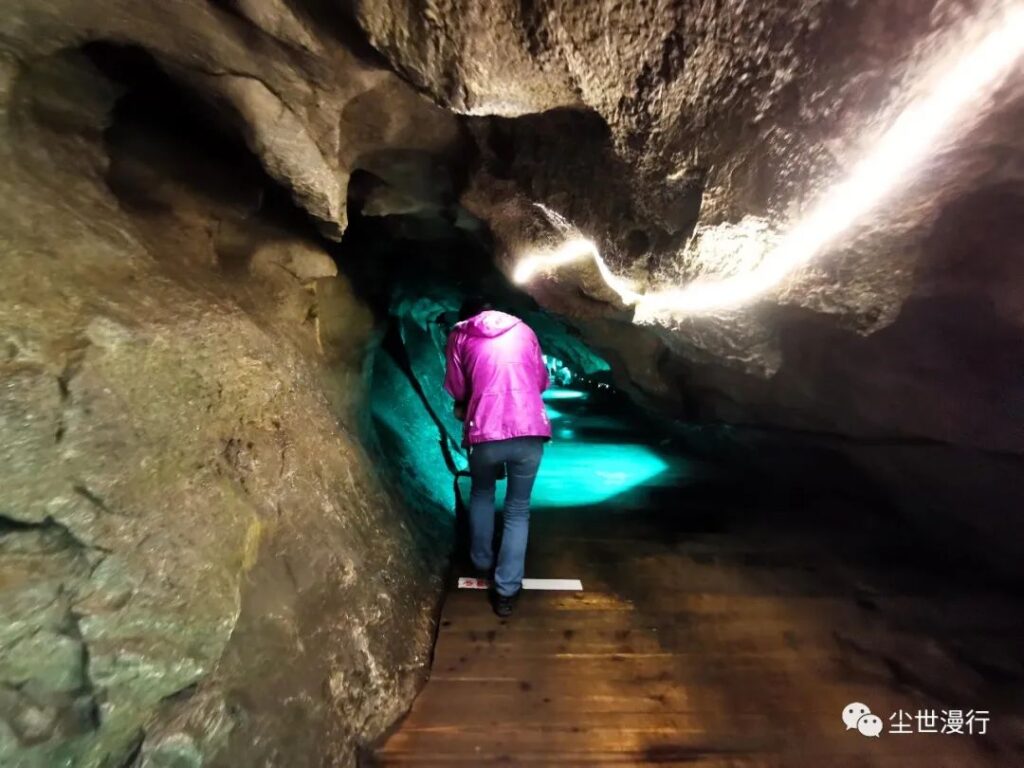
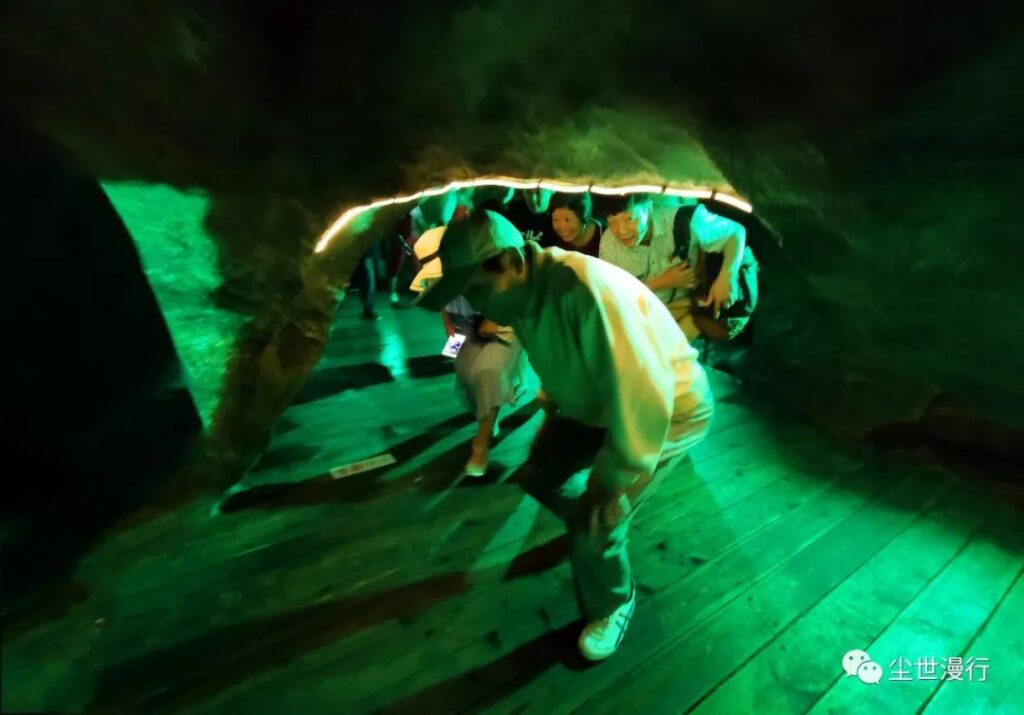
This area has been transformed into an ancient biology hall, using advanced sound, light, and electrical technologies to recreate the evolutionary process of ancient organisms.


At the end of the dry cave is a clear pool of unfathomable depth.

It is said that after the Mukden Incident of September 18, 1931, when Japan occupied Northeast China, the dry cave was used as a military stronghold and ammunition depot by the Kwantung Army. In June 1945, over 40 Japanese garrison troops were stationed at the entrance of the Benxi Water Cave, planning to establish a “semi-cave warehouse” inside the dry cave. They only withdrew after Japan’s unconditional surrender.
Exiting the dry cave, visitors enter the water cave. The underground river here is also known as the “Nine Bend Silver River,” with an average depth of about two meters and a maximum depth of 7 meters. At the dock, visitors receive cotton coats (the temperature outside is 28°C, while inside it’s no more than 10°C) and queue to board the boats.


Electric boats transport visitors deeper into the cave. The water cave stretches for 5,800 meters, with 2,800 meters currently developed for tourism. It covers an area of 36,000 square meters, with a volume of over 400,000 cubic meters. The widest part is 38 meters high and 70 meters wide.
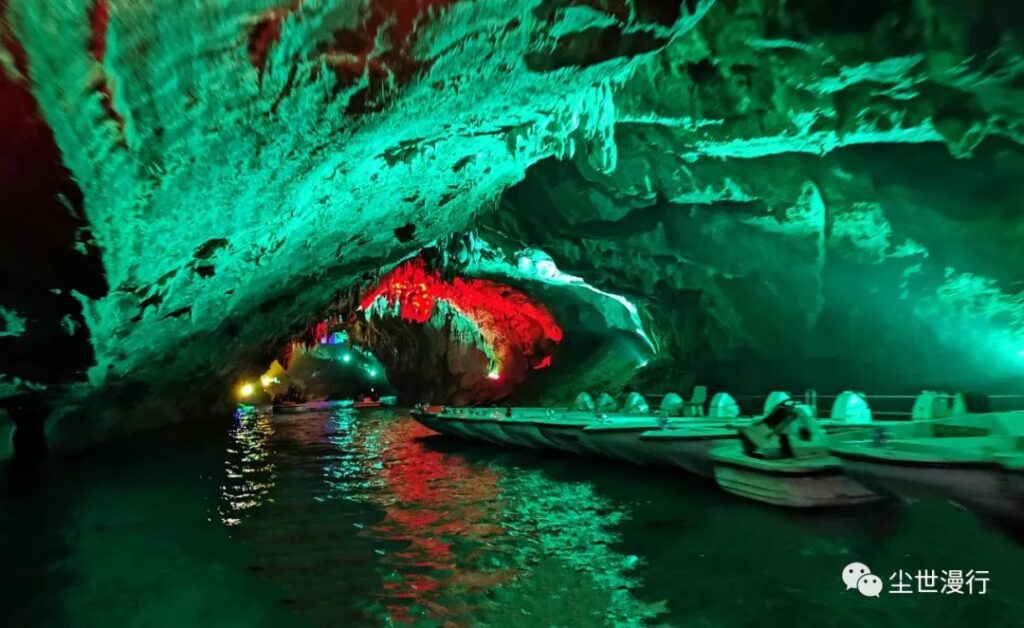
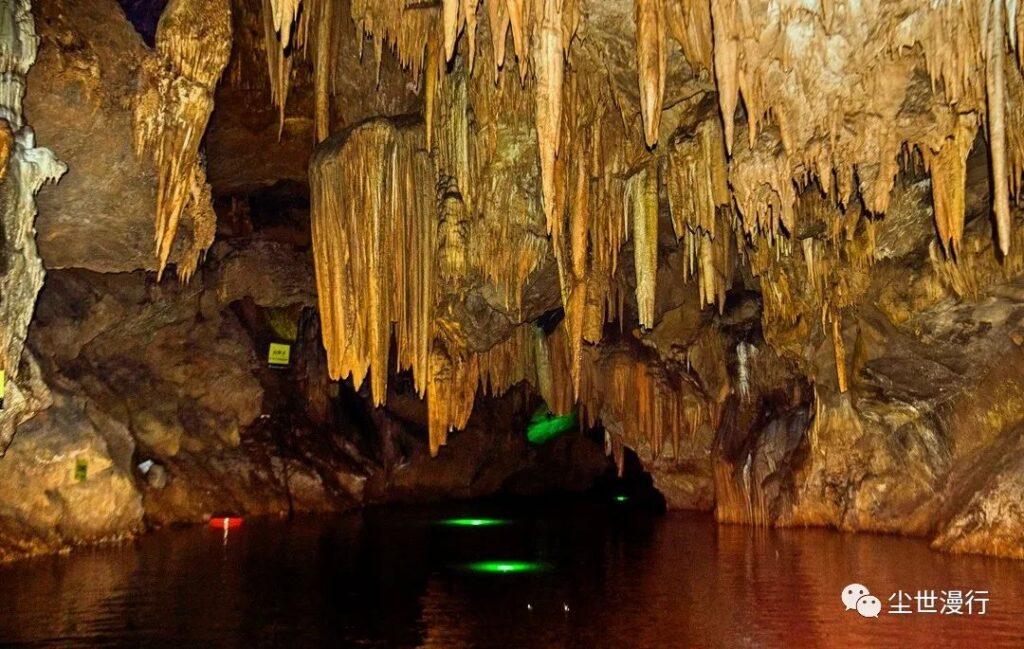
The river channel winds and twists, with crystal-clear water. The cave is divided into “Three Gorges,” “Seven Palaces,” and “Nine Bends,” hence its name “Nine Bend Silver River.”
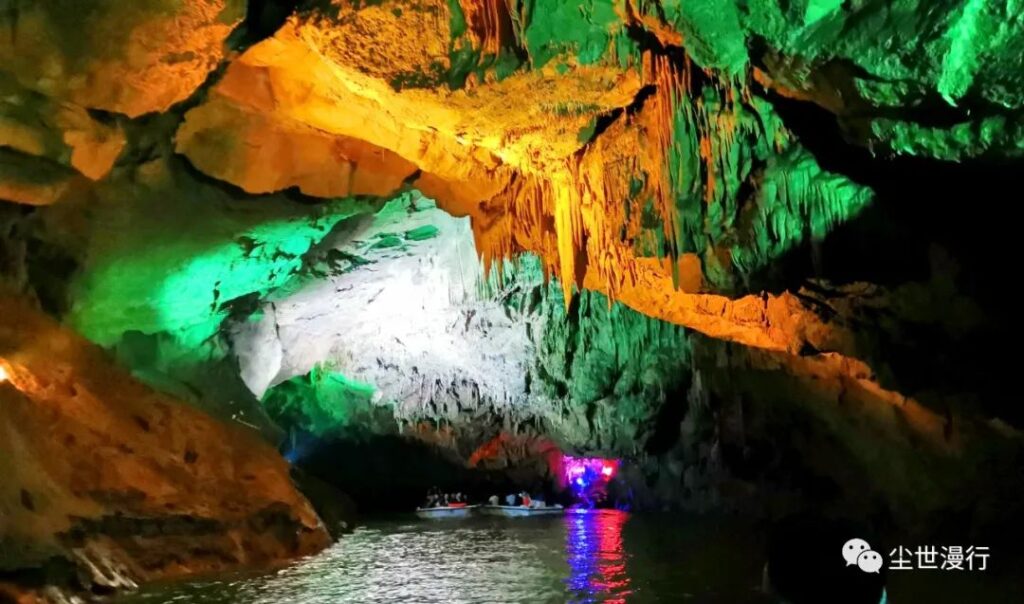
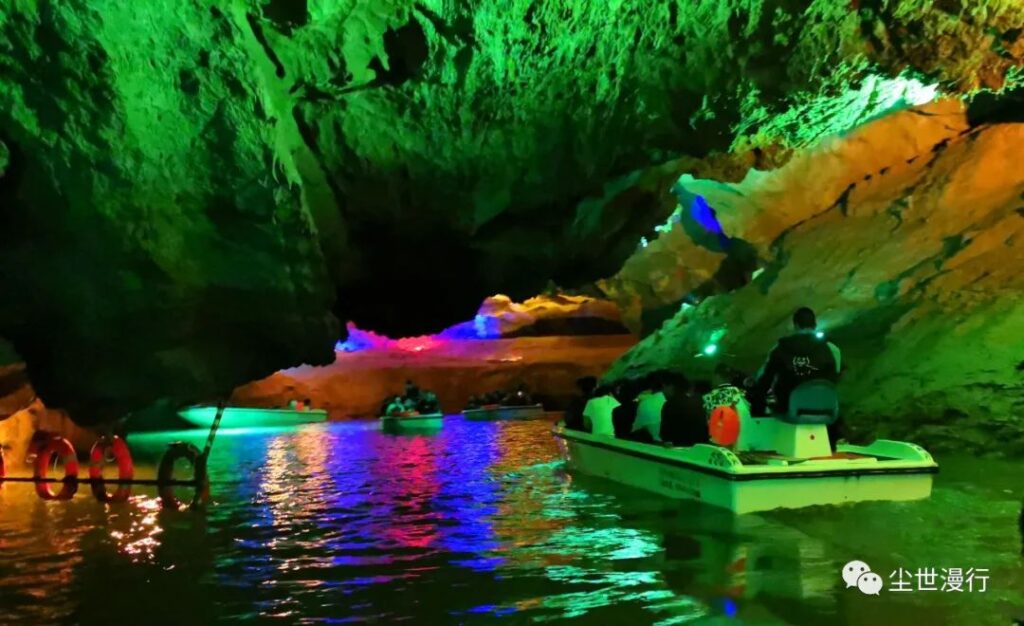
Along both banks of the Silver River, stalactites stand tall, and stalagmites create picturesque scenes. There are over 100 scenic spots along the river, each with unique and bizarre formations.
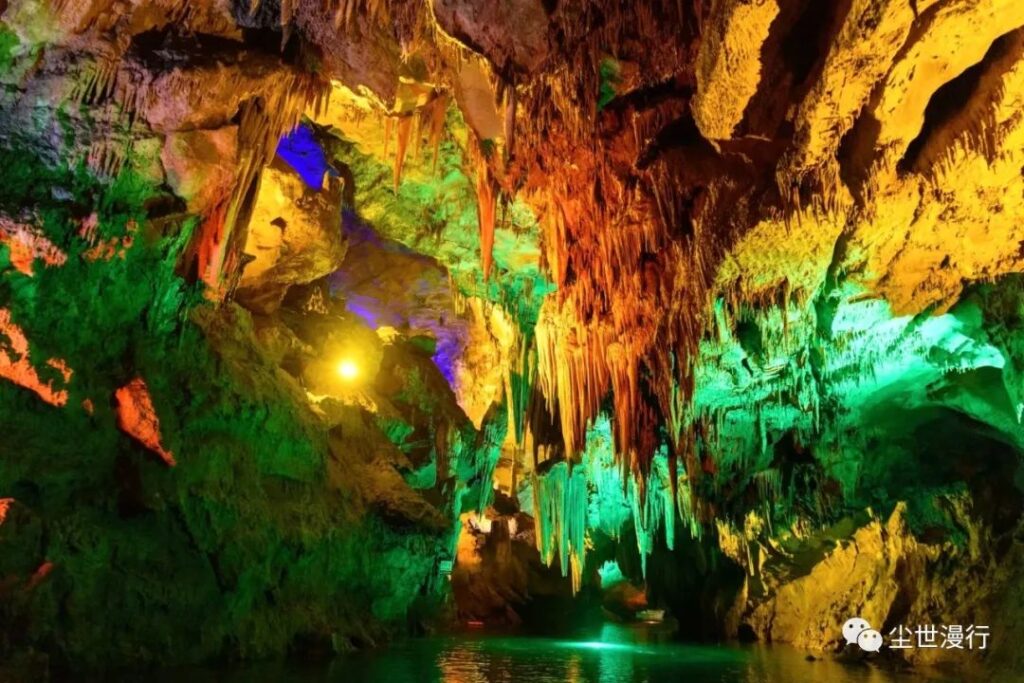
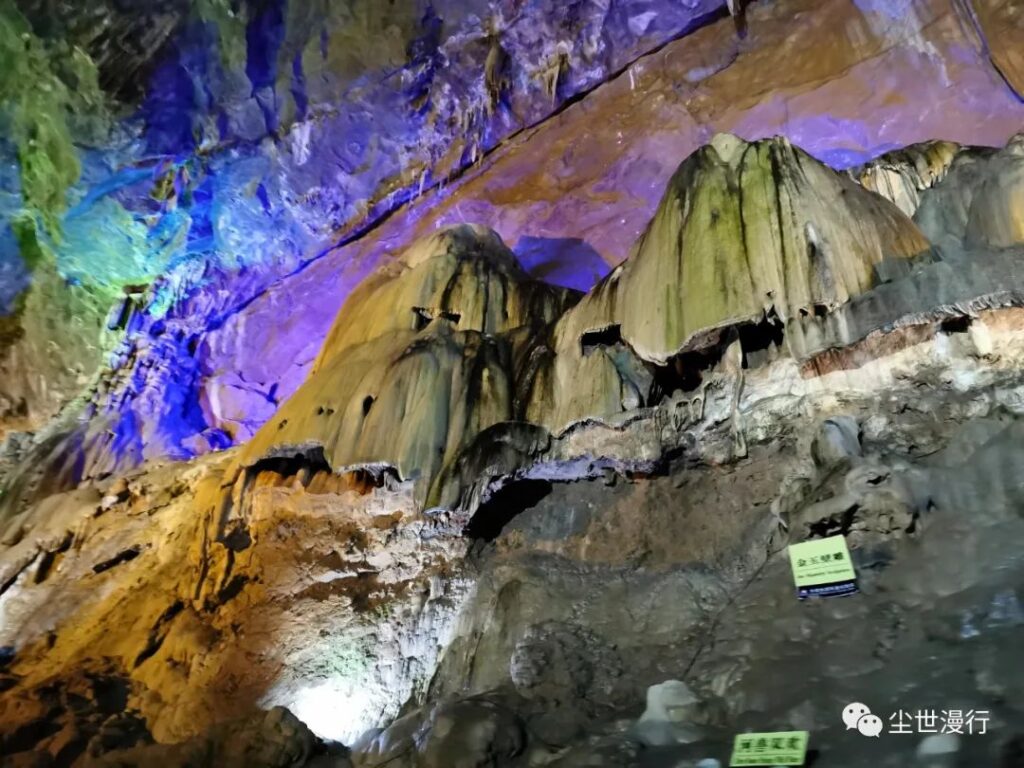
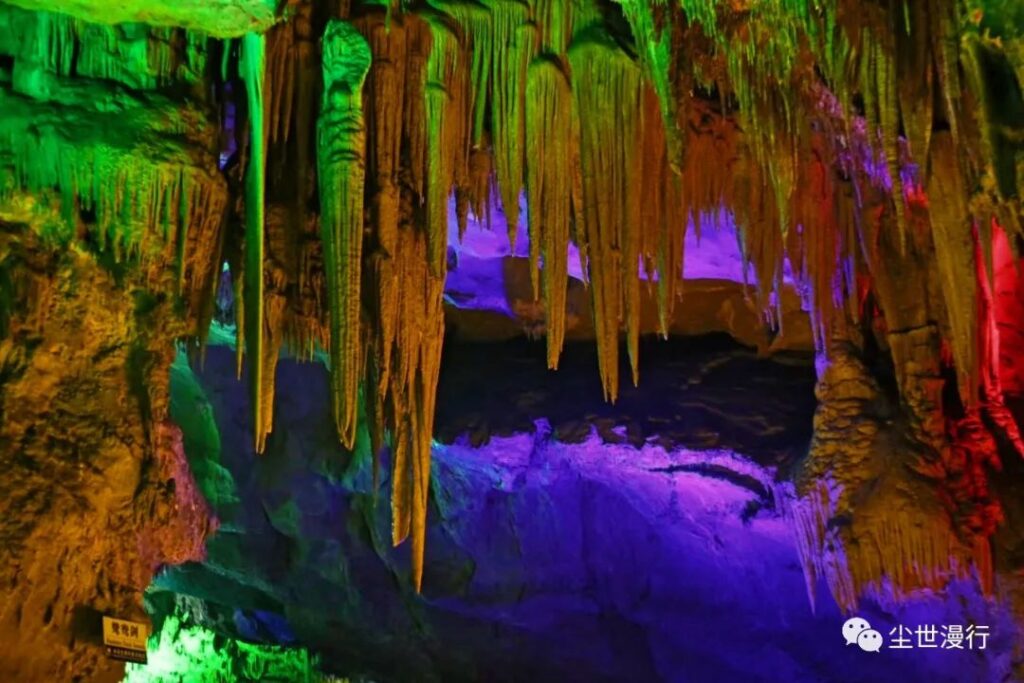
The water area extends along the cave for 2.3 kilometers. The cave alternates between narrow passages and wide spaces, winding its way through. Stalactites, stalagmites, and columns emerge from cracks, naturally forming various shapes without artificial sculpting. These formations are named for their resemblance to real-world objects, such as Pagoda Mountain, Buddha Preaching, and Stone Waterfall.
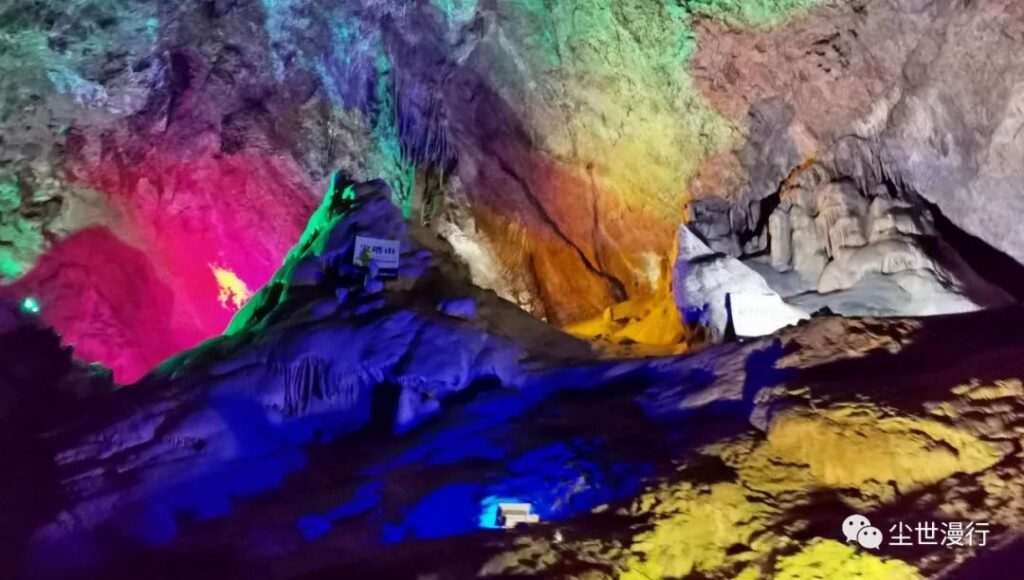



Stalactites hanging from the ceiling pass overhead, close enough to touch, creating a sense of traveling through a fairyland and evoking feelings of awe and mystery.


The cave’s lighting enhances its beauty, adding vibrant colors to the unusual rock formations. The interplay of light and shadow brings the cave to life with a delicate and charming atmosphere.
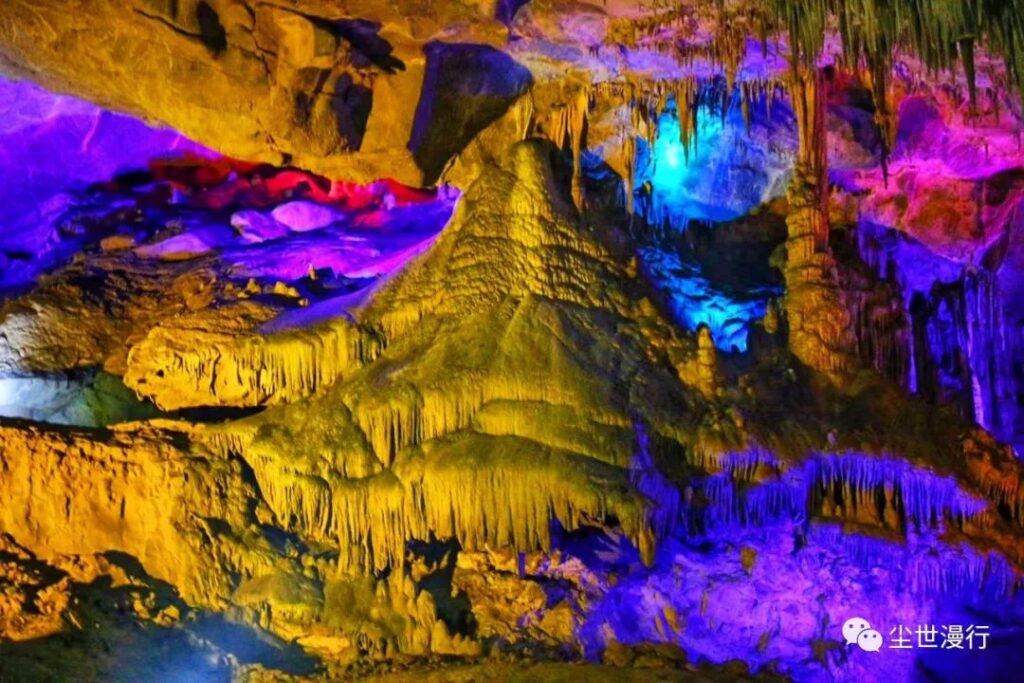
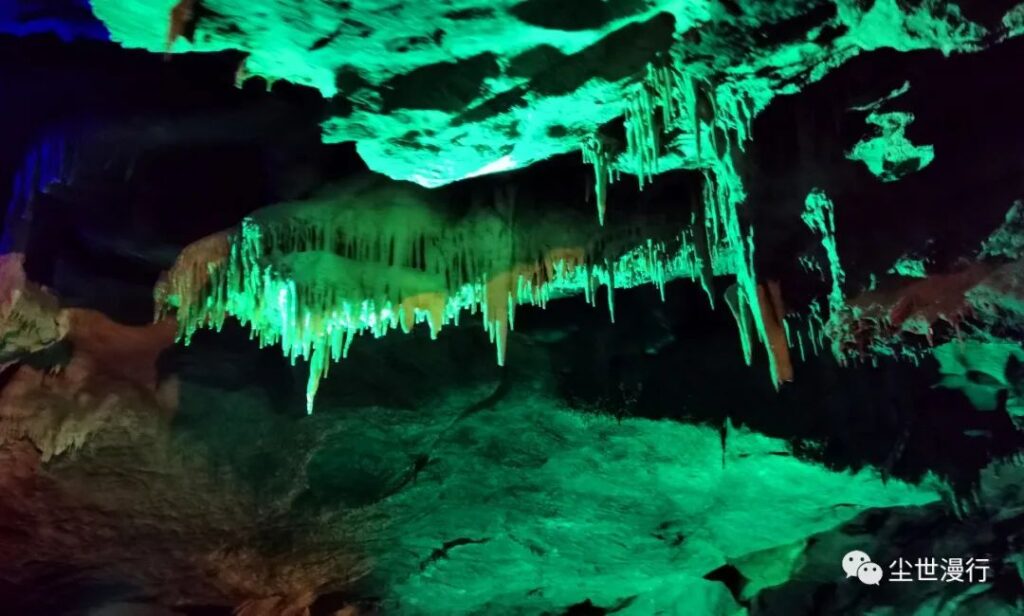
As the boat glides gently forward, water drips from the ceiling along the stone columns, providing a refreshingly cool sensation.

“Double Sword Gorge” features stalactites suspended from the ceiling like thousands of sharp blades, giving visitors the thrilling sensation of “sailing through water while passing through a forest of swords.”

“Jade Elephant Gorge” is the longest section of the Nine Bend Silver River. Its “Jade Elephant Playing in Water” formation is remarkably lifelike, comparable to the Elephant Trunk Hill in Guilin.
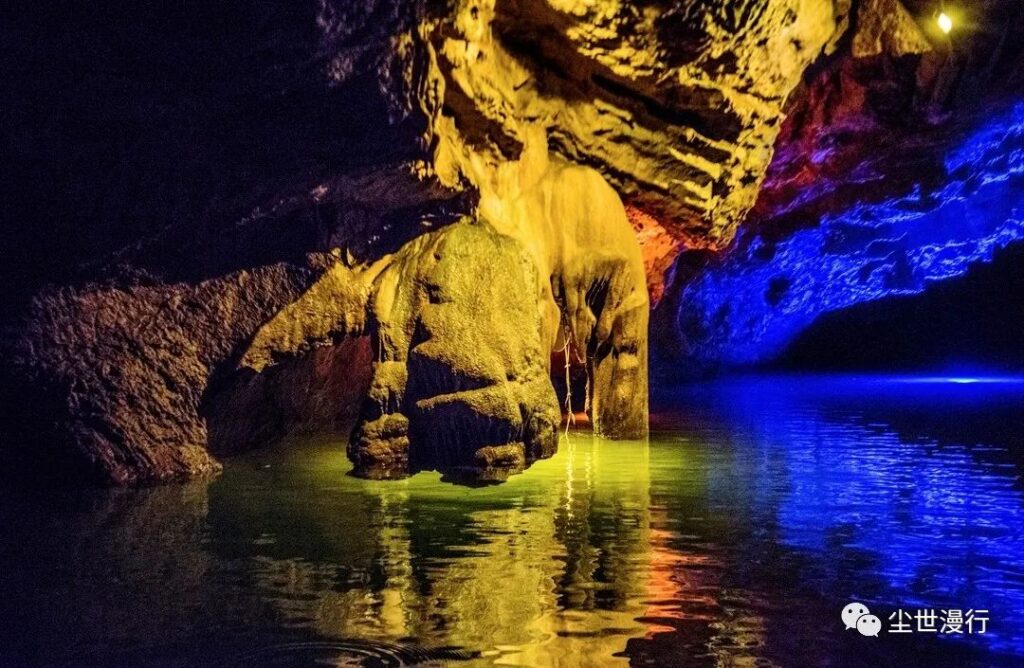
The cave also contains a “Great Leaning Tower,” which is even more inclined than the famous Leaning Tower of Pisa, adding an element of curiosity.

“Source Spring Palace” is the final chamber of the Nine Bend underground river in the developed section. Tour boats turn back here, but this is far from the end of the water cave. Surveys indicate that the cave extends for more than three kilometers beyond this point.
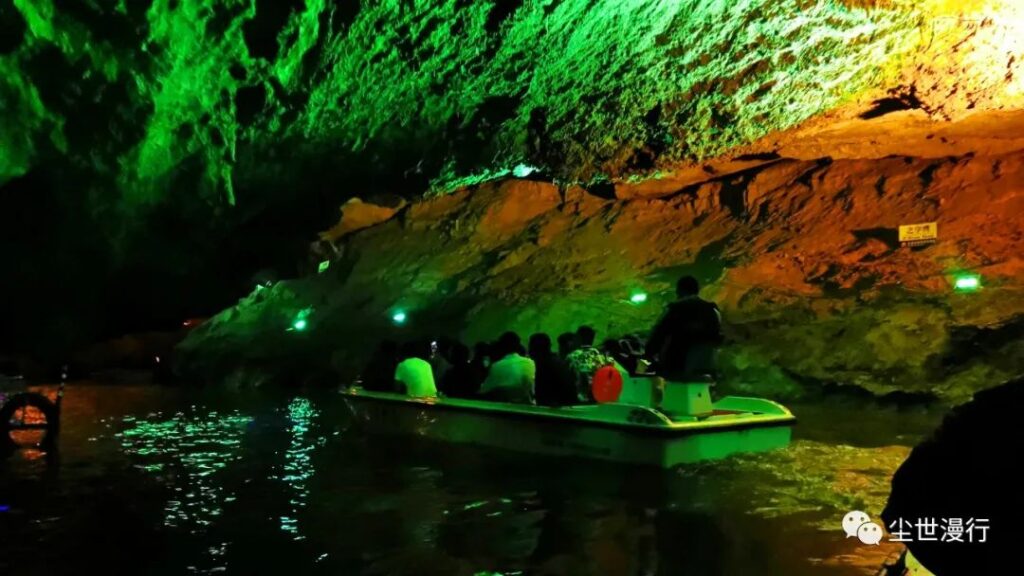
This mysterious cave is a natural wonder created by the interaction of water and stone, and is currently the world’s longest underground river that can be toured by boat.


570 million years ago, the Benxi Water Cave area was covered by a vast ocean. The warm climate allowed for the proliferation of various marine life forms, including cephalopods, brachiopods, gastropods, and trilobites. As these organisms evolved and died, their shells were washed and ground by water, eventually settling to form different types of biogenic and chemical carbonates.
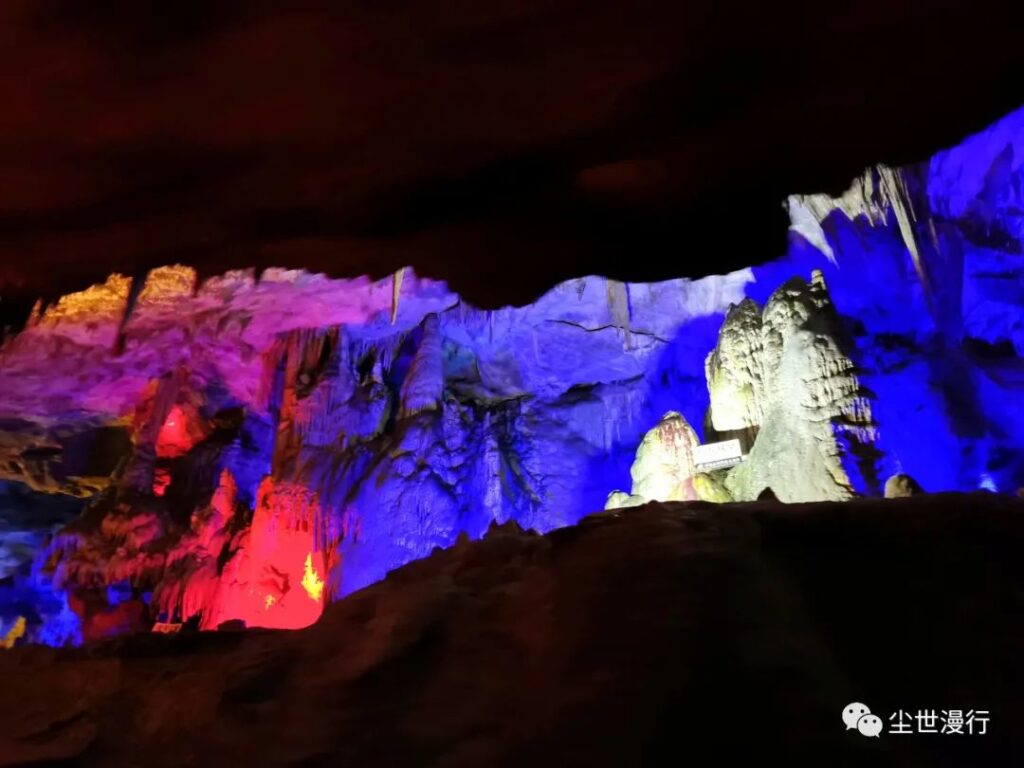
The limestone of the Benxi Water Cave was formed during the Lower Ordovician Liangshan Formation and the Middle Ordovician Majiagou Formation through lithification processes. Later, due to crustal movements, the sea retreated, and the area slowly rose to become land. The limestone underwent continuous dissolution from external forces during geological movements. Over millions of years, this process gradually developed into today’s water cave. This dissolution process continues to this day.

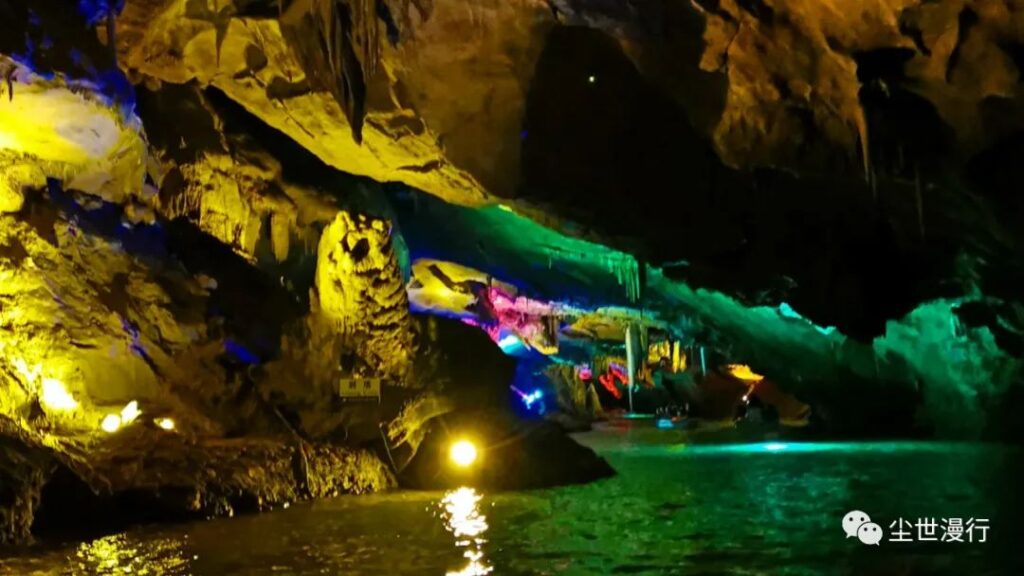
This is a space full of vibrant colors, where centuries of sedimentation meet modern concepts, offering visitors a visual feast. Sailing through this “Silver River” feels like an adventure, as if traveling through time into another world, where one can reach out and touch the traces of ages past.
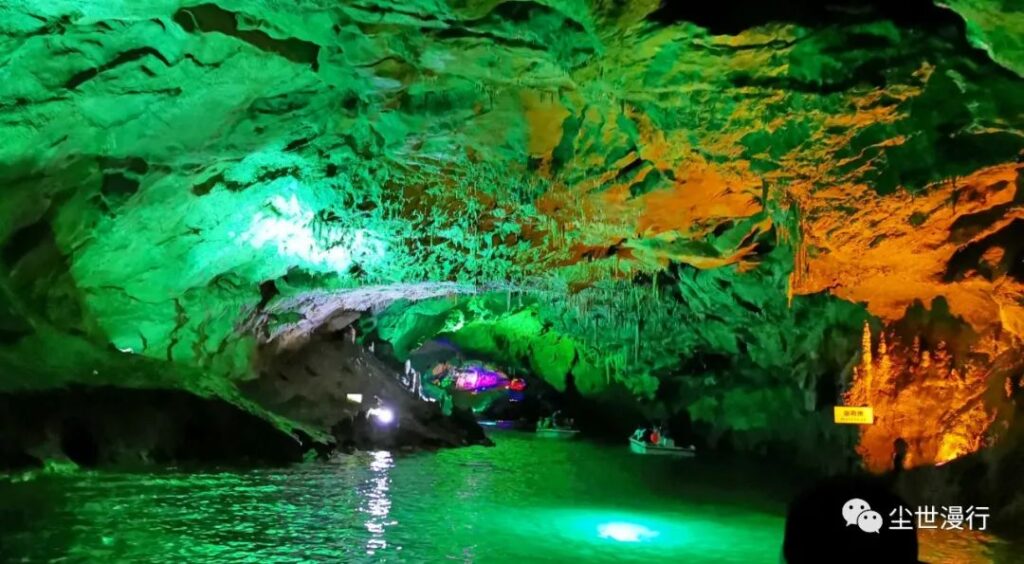
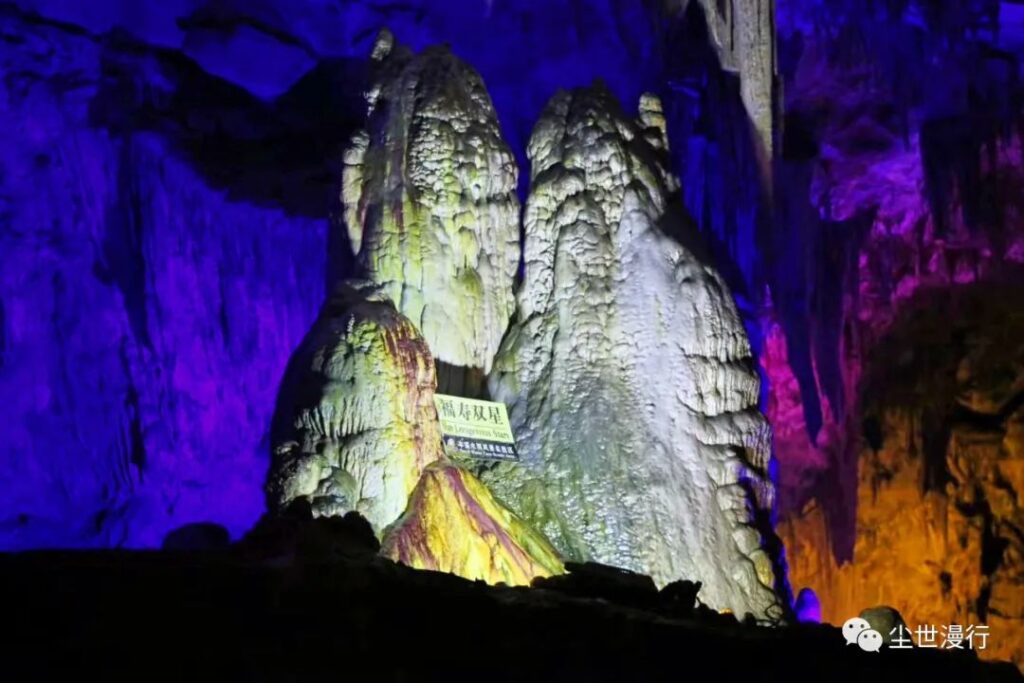
After the boat tour, which lasts over half an hour, visitors can explore the Benxi Branch of the National Geological Museum within the scenic area.
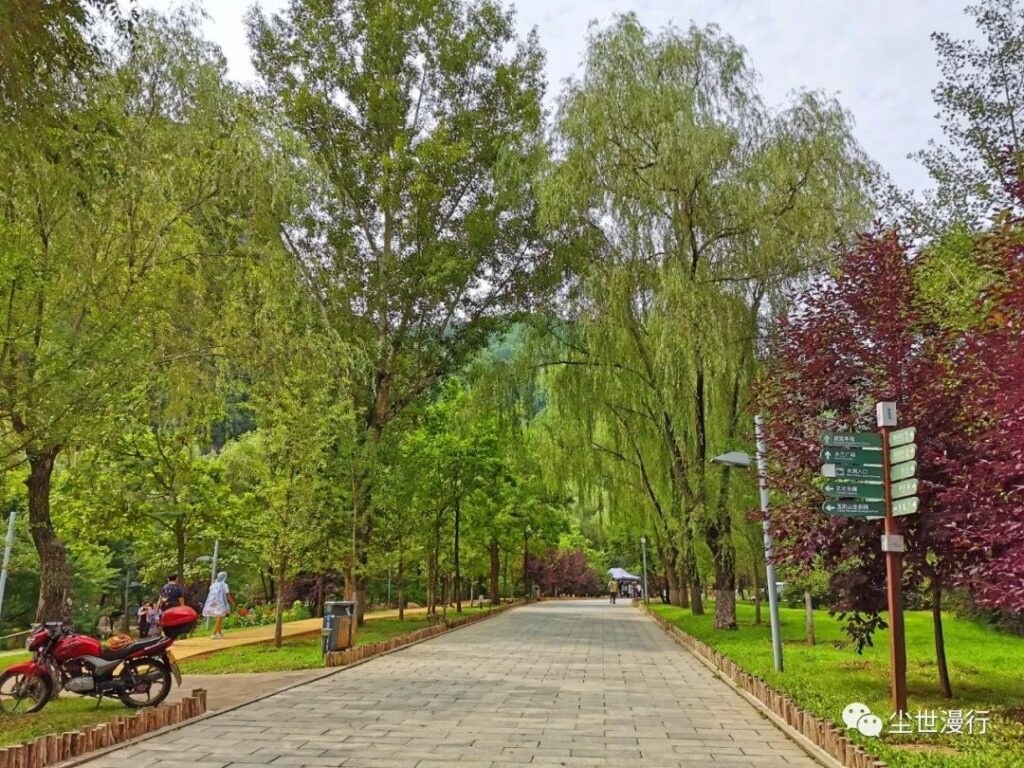
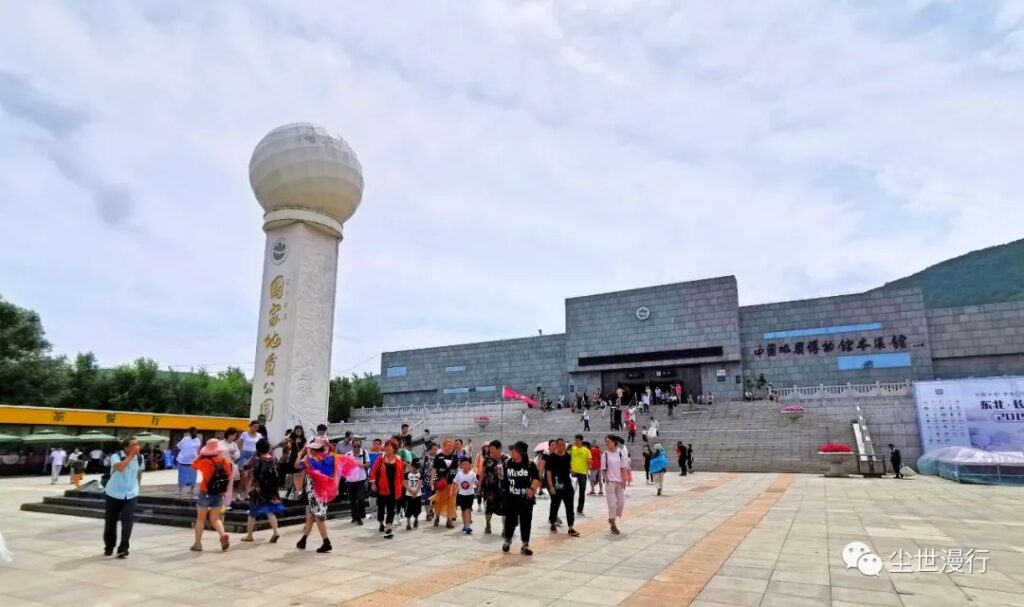
The Benxi Branch covers an area of 13,000 square meters, with a building area of 3,080 square meters. It consists of six sections: Earth Science Hall, Life Evolution Hall, Mineral Resources Hall, Geological Heritage Hall, Multifunctional Hall, and Comprehensive Hall.
Using text, models, physical specimens, audio-visual displays, information systems, and multimedia technology, the museum comprehensively showcases the Earth’s 4.6-billion-year evolutionary process, including internal and external geological processes and the resulting geological heritage.
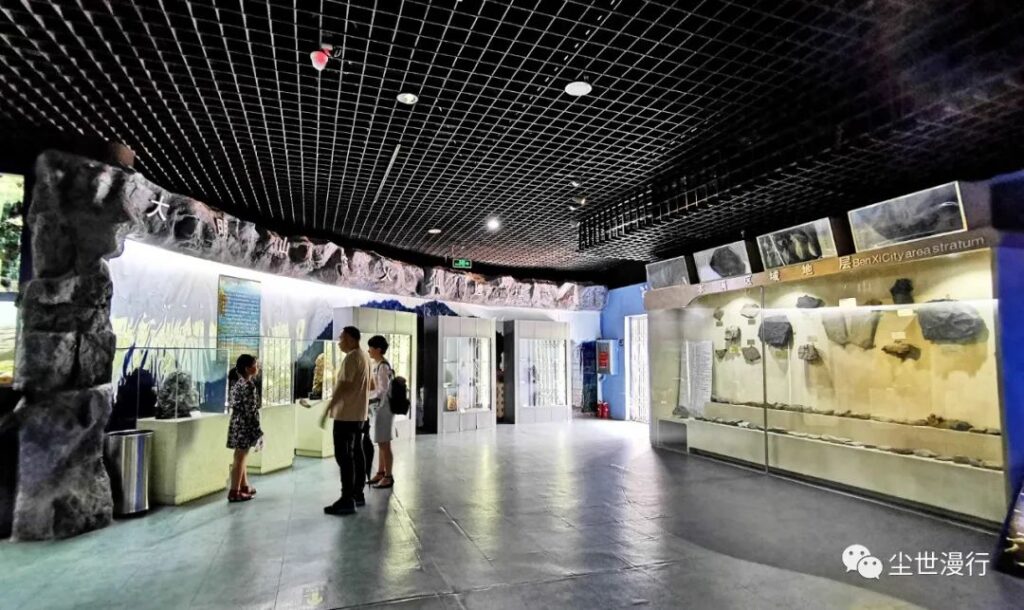
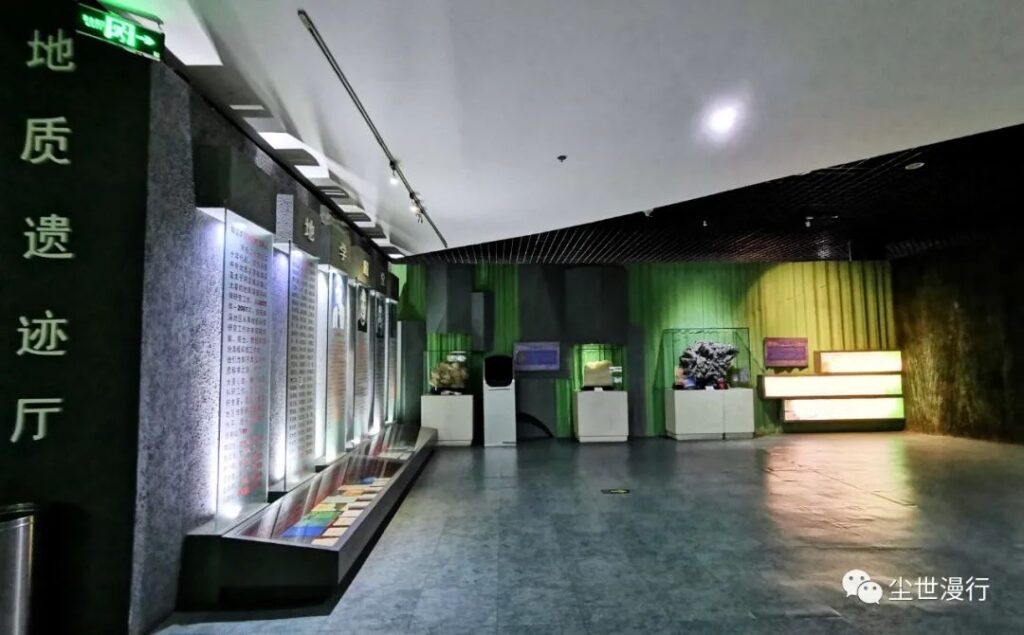
The museum houses over 30 nationally precious specimens and more than 3,300 rare specimens. The fossil collection is particularly impressive, with some specimens being unique in the world or the most exquisite examples of their kind.
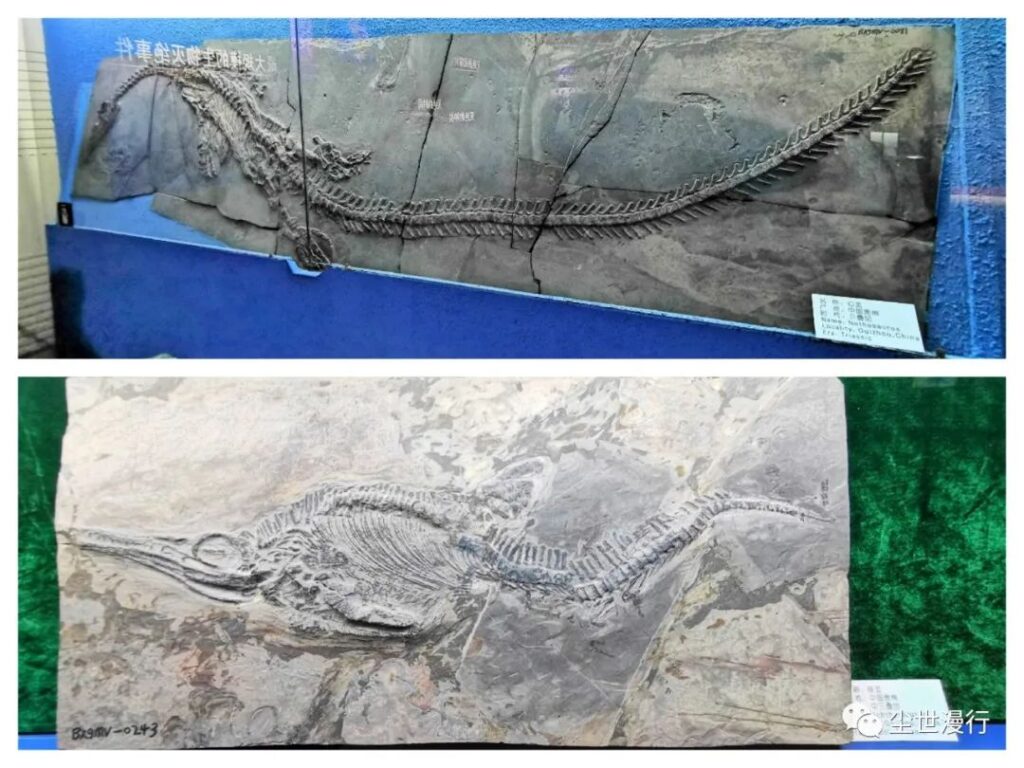
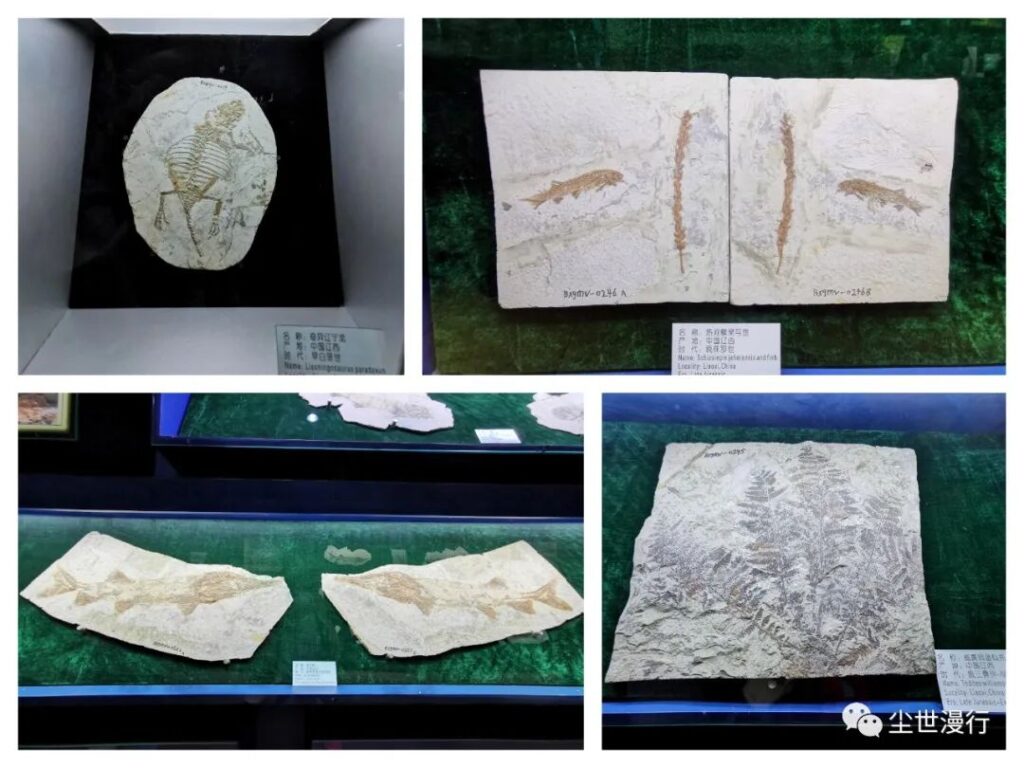
The mineral exhibit is remarkably rich, featuring many fine specimens. It includes rare and beautiful mineral crystals, gems, jade, and ornamental stones from both China and abroad.
